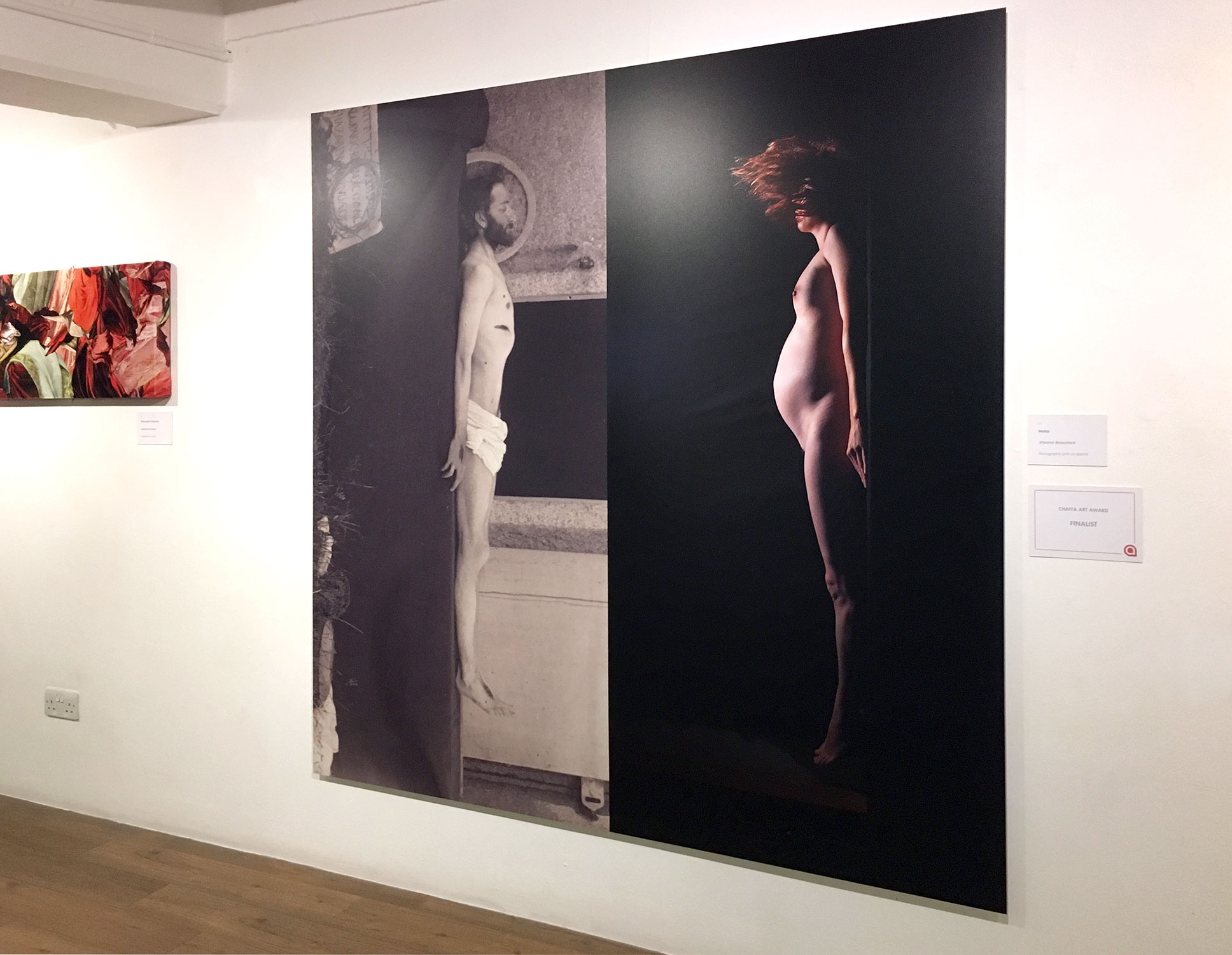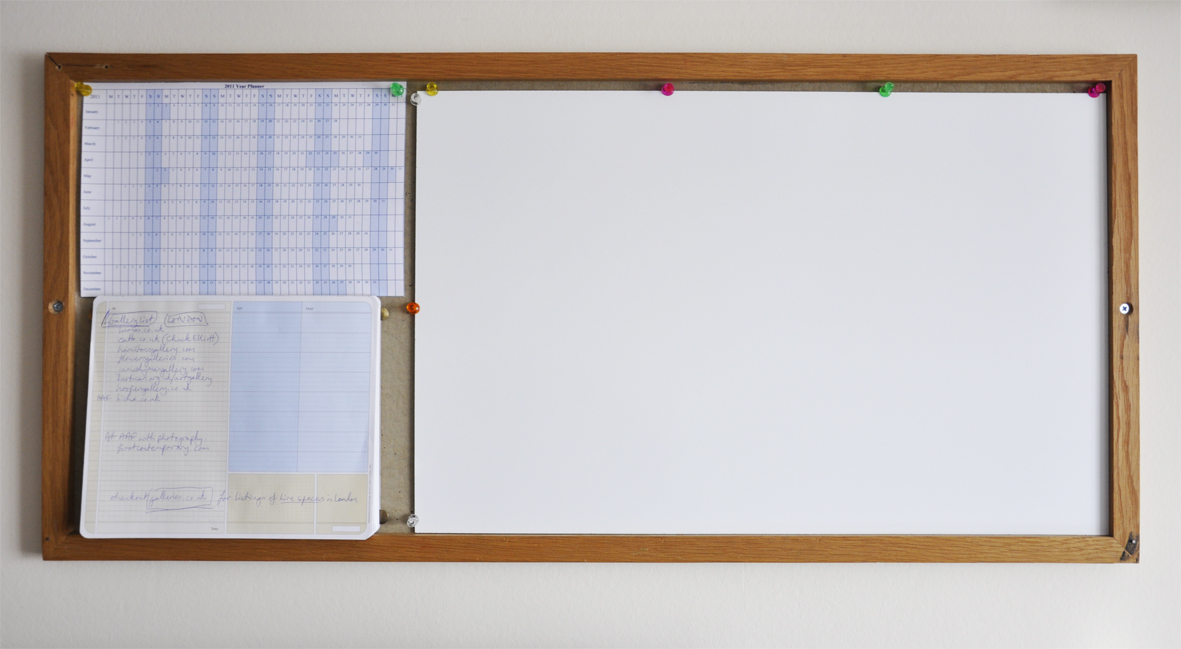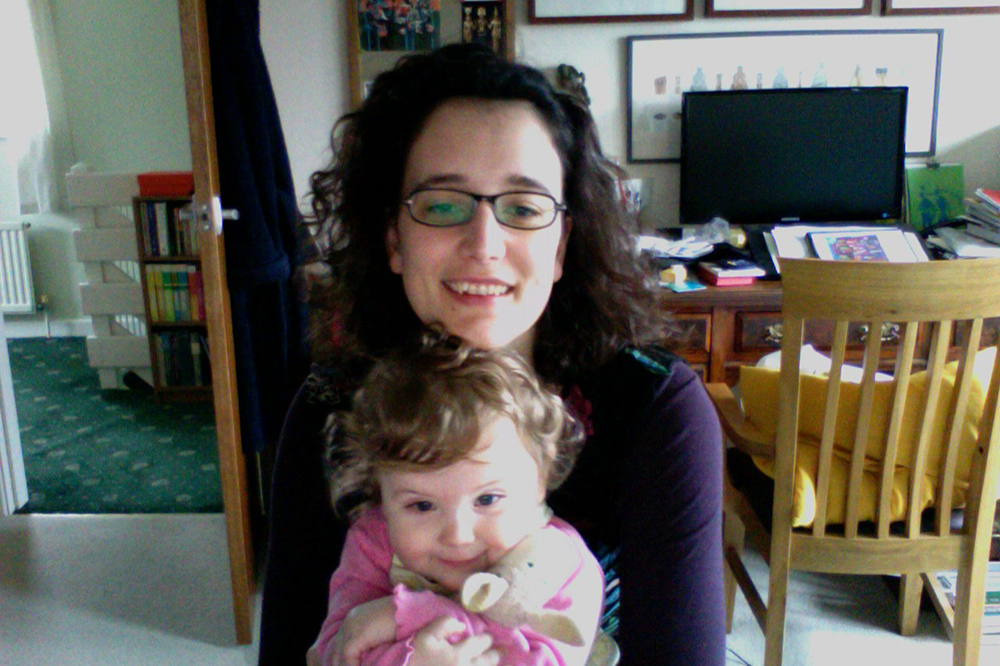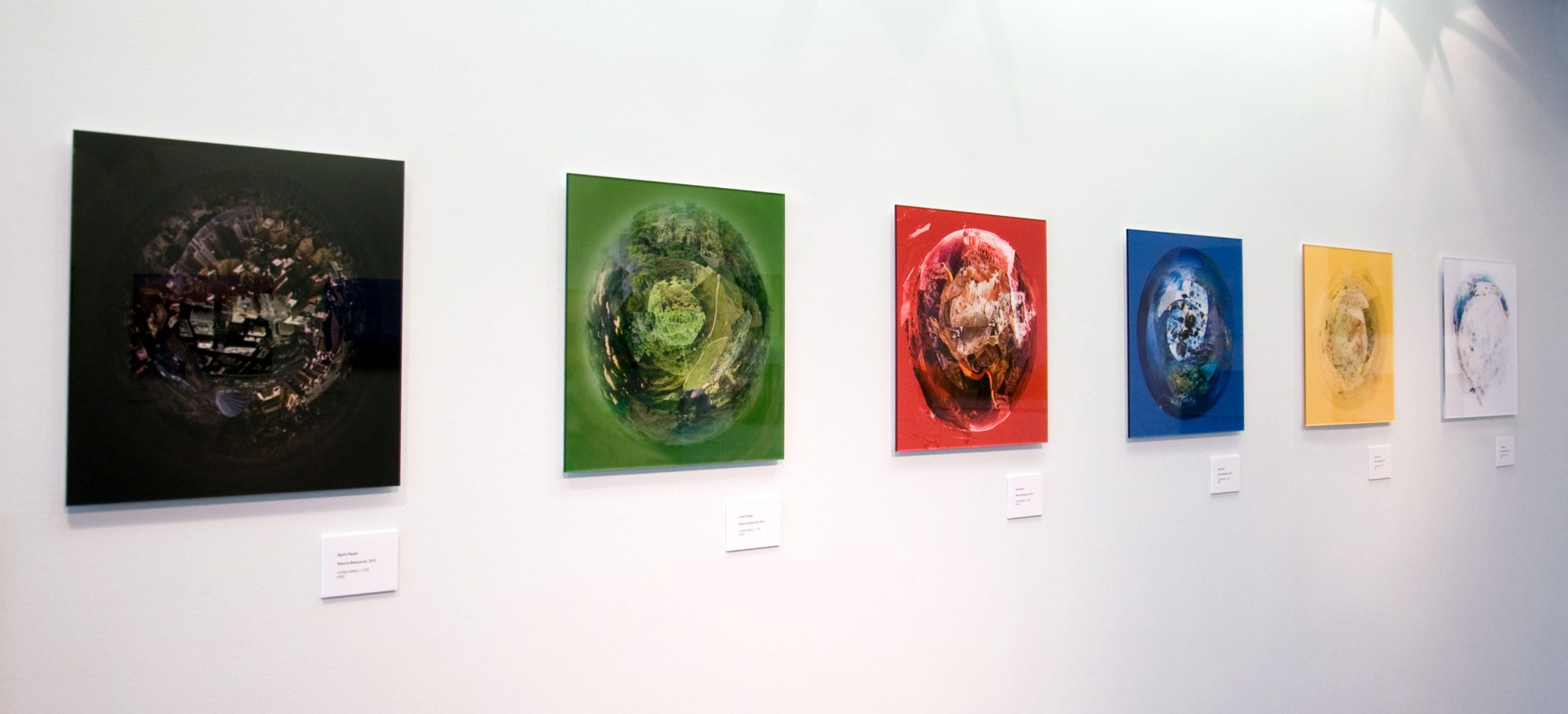NOTEBOOK SPOTLIGHT: Natal
I almost don’t know how to write. It’s Holy Week (or Still Week, as in Denmark; or Suffering Week, Germany). This year, more than most, I find myself small in the face of Christendom’s elegiac, centuries’ old commemoration of Jesus’ last hours. I’m feeling it partly because of my husband’s seried, close attention to the preparation of church services, one on every day until Easter Sunday. I’m feeling it too because I’ve been following the Lenten journey as presented in Biola University’s online series of reflections: a frankly outstanding and deeply sensitive collective of images/music/texts coordinated in commentary and Bible reading. But I’m also acutely aware of a sense of timing in the publication of my new work, Natal, for an exhibition which opens on Maundy Thursday. Selected for the Chaiya Art Awards, the piece became my answer to the exhibition’s posed question, ‘Where is God in our Twenty-First Century World?’ Here I explore some of the ideas behind the piece.
The figures stand in a poised relation, on the left a semi-naked man we might recognise as Jesus, and on the right, a full-term naked pregnant woman. This is my friend Helen, who posed for me when I embarked on a series of work about motherhood and iconography. My writing and photographs, as well as my appearance on One Born Every Minute in 2014, all drove the creation of work about the rite of passage that is giving birth. Mother Church has become the project title, for which Natal is the first in production. But Helen didn’t meet her companion until I thought about the exhibition question. I’d had in mind to show her with an effigy from a cadaver tomb, those unusual forms of church monument where the body of the deceased is carved in stone as the likeness of a skeleton – her life and the life she carried were to be contrasted with their opposite. But then I stumbled across the portrait of Jesus here, by Fred Holland Day, in the Victoria and Albert Museum. Taken 120 years ago in Boston, USA, Day posed himself as the dead Jesus for The Entombment in 1898. His austere pose, and the controlled identification with such a statue of stiffness, were a catalyst for a whole host of connections.
In the first place, I thought that the subject of the dead Christ has become archetypal of a certain strain of Christian doctrine – his death is central to the gospel stories of course, but why and how others have said it matters has tended, traditionally, to focus on the death’s substitutionary power (he died so that we don’t have to). It follows a neat logic, but its doctrine is necessarily fixated on something quite closed, on endings, on the mortal. Even those outside believing doctrine, such as Nietzsche, capitulate to the final (human) ideology of death, when he pronounced ‘God is dead’ in the same decade as Day’s picture. It was Hannah Arendt who I first read for a theology that reframed this for me with the concept of the natal. Isn’t that what Holy Week leads to? Isn’t the resurrection where the money is? And isn’t that about the exploding horizon of a humanity now defined by new life, new birth, and what Jesus said he came for – life to the full? I’ve since read others around this subject (Tom Wright’s Surprised by Hope, and W. H. Vanstone’s The Stature of Waiting among others), but I also increasingly want to raise the question of a woman’s perspective here. Like what has been said of the film Mary Magdalene, released in the UK last week, can we recover a ‘position of feminine difference from the misogynistic, patriarchal disciples’ (Michele Roberts on Front Row, 14th March). If we can, what might it look like?
Header image: Natal, 2018, by Sheona Beaumont at the Chaiya Art Awards, London.



